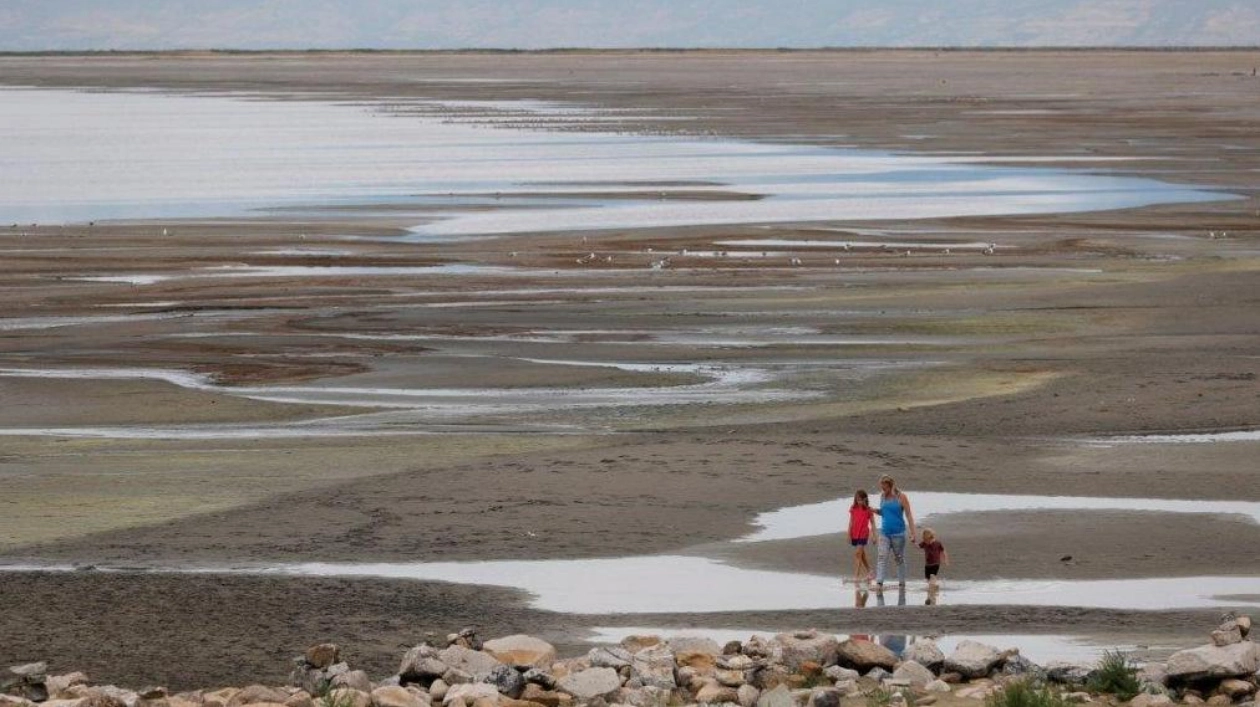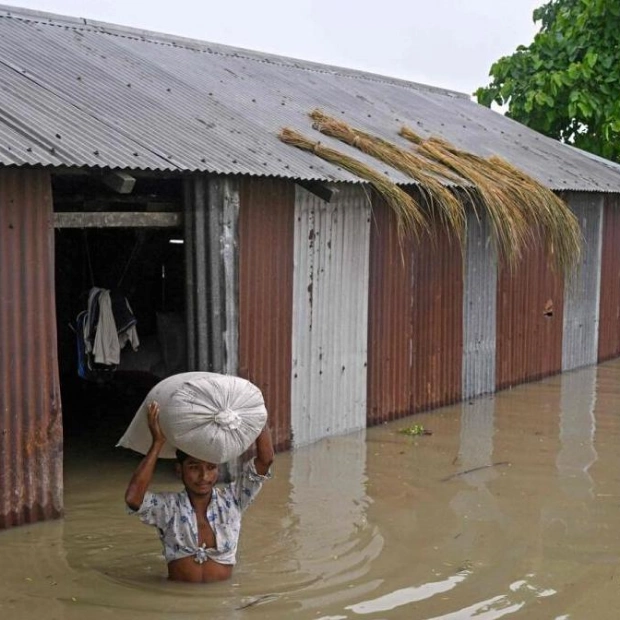Dust pollution is known to contribute to asthma and heart and lung disease. However, dust blowing from Utah’s Great Salt Lake could have additional adverse effects. Researchers have found that metals in the dust and sediment from around the lake are more reactive than dust from nearby lake beds, as reported in the November issue of Atmospheric Environment. When inhaled, this dust has the potential to cause inflammation, though further studies are needed to determine its actual impact on people in the area.
The Great Salt Lake has been shrinking due to drought, climate change, and water consumption, exposing over 1,900 square kilometers of the lake bed. As the lake dries out, it leaves behind dust laden with metals, minerals, and sediment carried into the lake from upstream. To understand the dust’s composition, chemical engineer Kerry Kelly and her team aerosolized samples collected from around the lake and filtered out particles wider than 10 micrometers, focusing on inhalable dust particles.
Analysis revealed several metals—including manganese, copper, iron, and lead—at higher concentrations than dust from other nearby playas. Lithium and arsenic were also present at levels exceeding the U.S. Environmental Protection Agency’s regional screening levels. The team also found that the oxidative potential of the Great Salt Lake dust is generally higher than that of dust from other nearby lakes, indicating a higher likelihood of generating reactive oxygen species, which can interact with and damage molecules in living cells.
“Our body has antioxidants that help us handle reactive oxygen species, but if we get too much of these reactive particles, it can cause an imbalance, leading to inflammation and adverse health effects,” says Kelly. However, experts caution against jumping to conclusions. “We need more data on exposure and studies linking oxidative potential to specific health concerns,” says David Lo, a biomedical scientist at the University of California, Riverside.
Kelly emphasizes that while the study shows potential health concerns, more research is needed. Utah has funding for equipment to measure dust from the Great Salt Lake, but it hasn’t been deployed yet. “We also need to get more water back in the Great Salt Lake, because that is really the solution,” Kelly adds.






